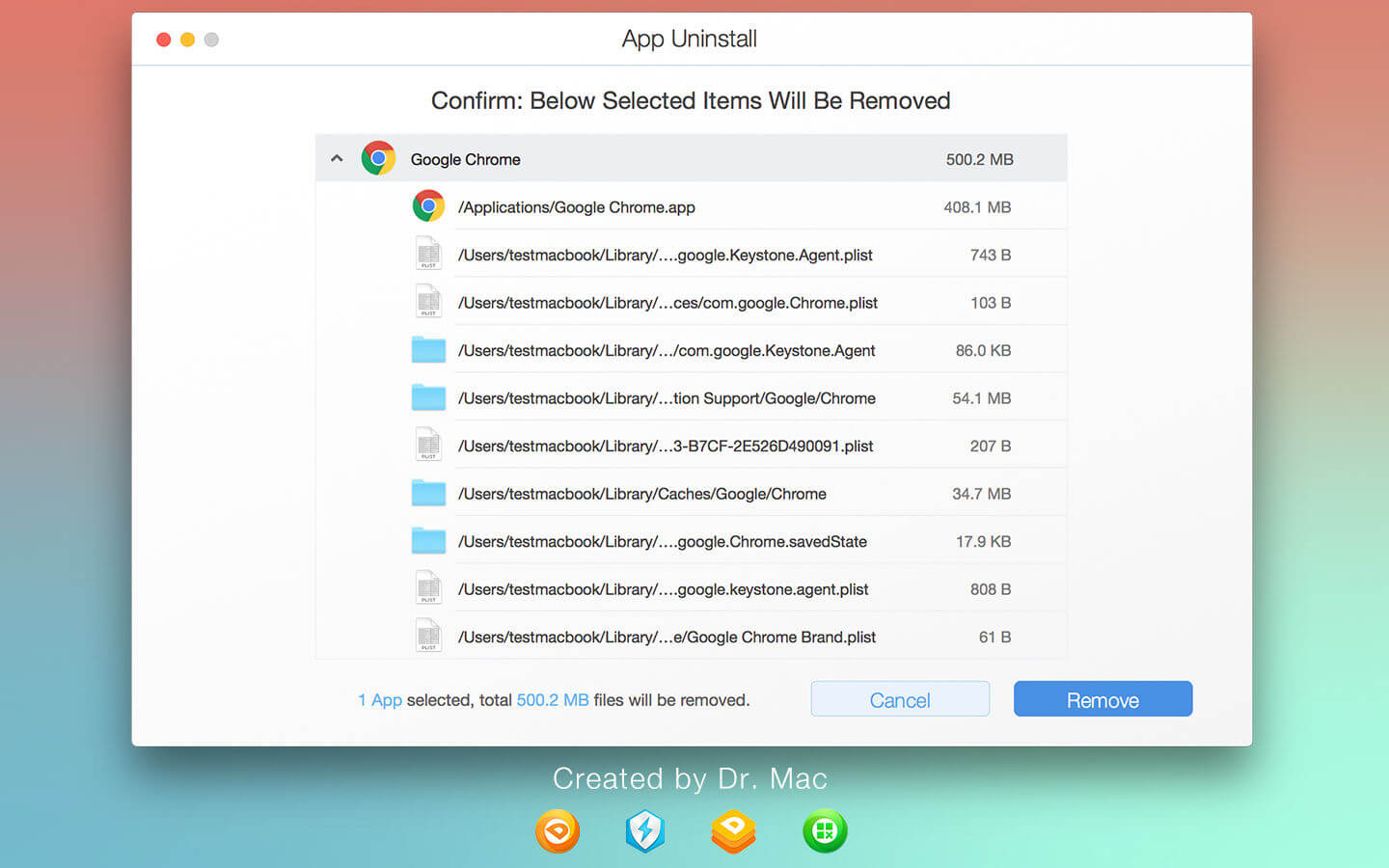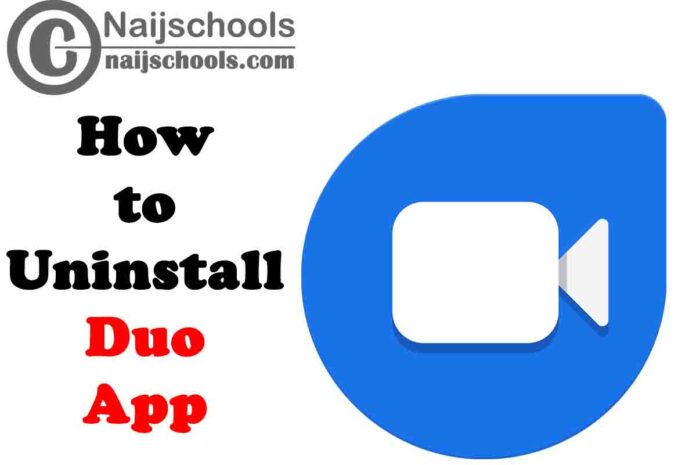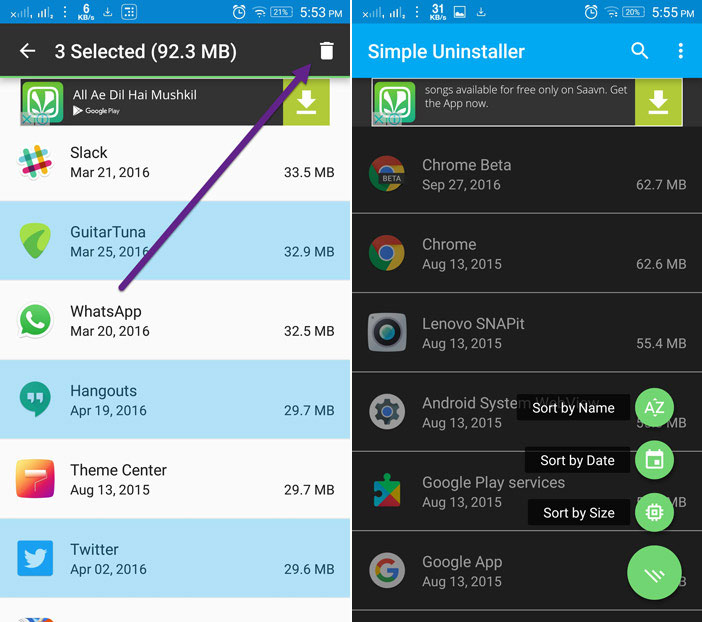


With a help of special programsĪpps for deleting other programs are considered along with standard ways of uninstallation. It is only important not to mix up the program and do not get rid of something useful. No matter which way you decide to use, deleting will be similar.
#Duo app uninstall android#
This variant is suitable for all smartphones based on Android operating system, including Samsung Galaxy J7 Duo. After that, all unnecessary apps will disappear.

Hold your finger on the icon of the app.You can get rid of it right here, by following some steps: Through the home screenĪfter installing of the program its icon appears on the home screen on in the apps list. If we are talking about programs, which the user installed on the phone himself (through Google Play or APK-file), you can use one of the four methods of deleting. Third-party apps deleting on Samsung Galaxy J7 Duo The operation is being done in several ways and the process of deleting depends on whether you want to get rid of a third-party program or if you want to delete built-in apps. Over time, some of them become unnecessary, that is why it is required to delete the app on Samsung Galaxy J7 Duo.
#Duo app uninstall install#
Either they are limited to certain types of programs or are incapable of removing programs remotely.During using a smartphone, people install many programs for solving different tasks.
#Duo app uninstall full#
None of them covers the full range of required features. Microsoft offers quite a jumble of program removal techniques. Get-Package also enables filtering programs by their version number and uninstalling only certain versions (for example, "RequiredVersion") or all versions ("AllVersions"). Once you have found the program in question, specify it using the Name parameter and pass it to Uninstall-Package: Get-Package -Name "7-zip*" | Uninstall-Package Therefore, you can filter the output for traditional Win32 applications as follows: Get-Package -ProviderName Programs -IncludeWindowsInstaller However, this also shows standalone updates (msu) or modules installed with PowerShellGet. To list the installed programs, use the Get-Package cmdlet. In this case, you can switch to package management, which only works locally. Tools like 7-zip don't appear at all, and others appear only with a GUID, so you don't know what the entry stands for. The comparison of Win32_Product and Get Package shows that WMI does not list all programs In our example, this call captures an outdated version of PowerShell 7 and assigns the result to the $app variable. To get it, you have to use the older Get-WMIObject instead: $app = Get-WmiObject -Class Win32_Product -ComputerName | If you send the output of this command through a pipe to Get-Member, you will not find an uninstall method. Once you have viewed the program in question, you can further narrow the list: Get-CimInstance -Class Win32_Product -ComputerName | With its help, you can first view the installed software: Get-CimInstance -Class Win32_Product -ComputerName | The class Win32_Product is responsible for this. This is the only mechanism mentioned here that can perform this task remotely. In addition, separate cmdlets exist for Store and UWP apps with Remove-AppxProvisionedPackage and Remove-AppxPackage.įinally, it is possible to uninstall applications using WMI. However, it still does not have a PowerShell interface, and thus is limited in its options when automating package management. A year later, it offered the ability to remove programs.

Then, in 2020, the package manager winget was added. However, it is also suitable for uninstalling Win32 programs. A few years ago, Microsoft introduced PowerShell Package Management, which is primarily for adding and removing PowerShell modules. The command line tools for uninstalling programs are similarly inconsistent. CLI options for uninstalling applications


 0 kommentar(er)
0 kommentar(er)
